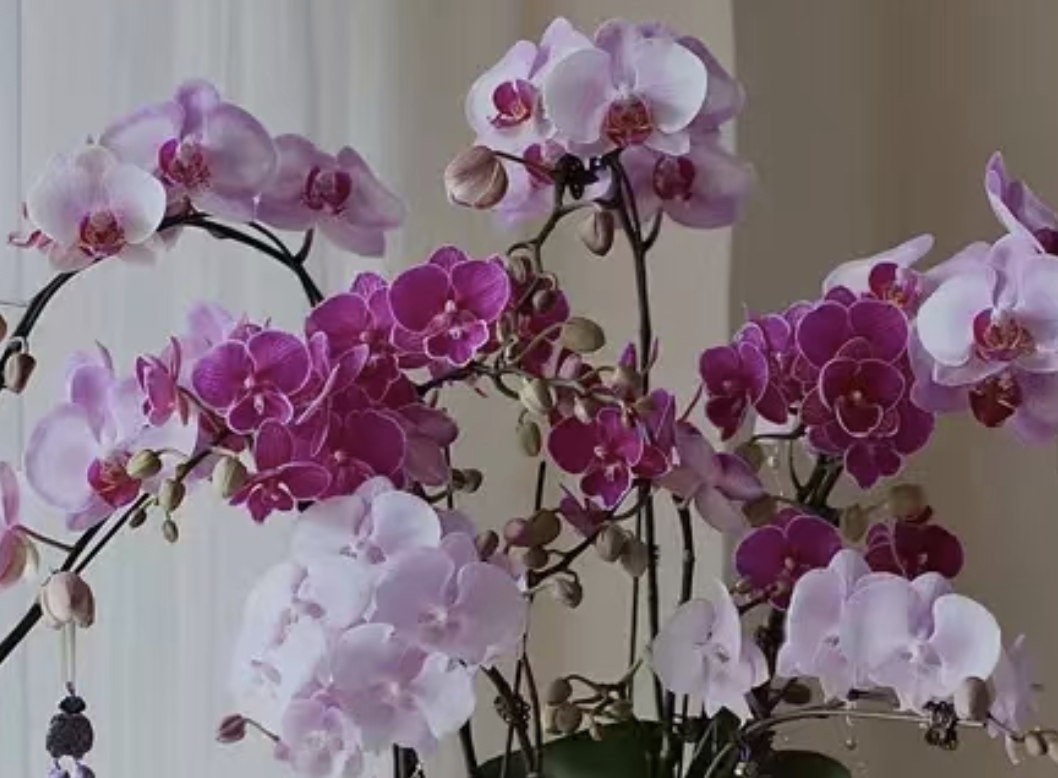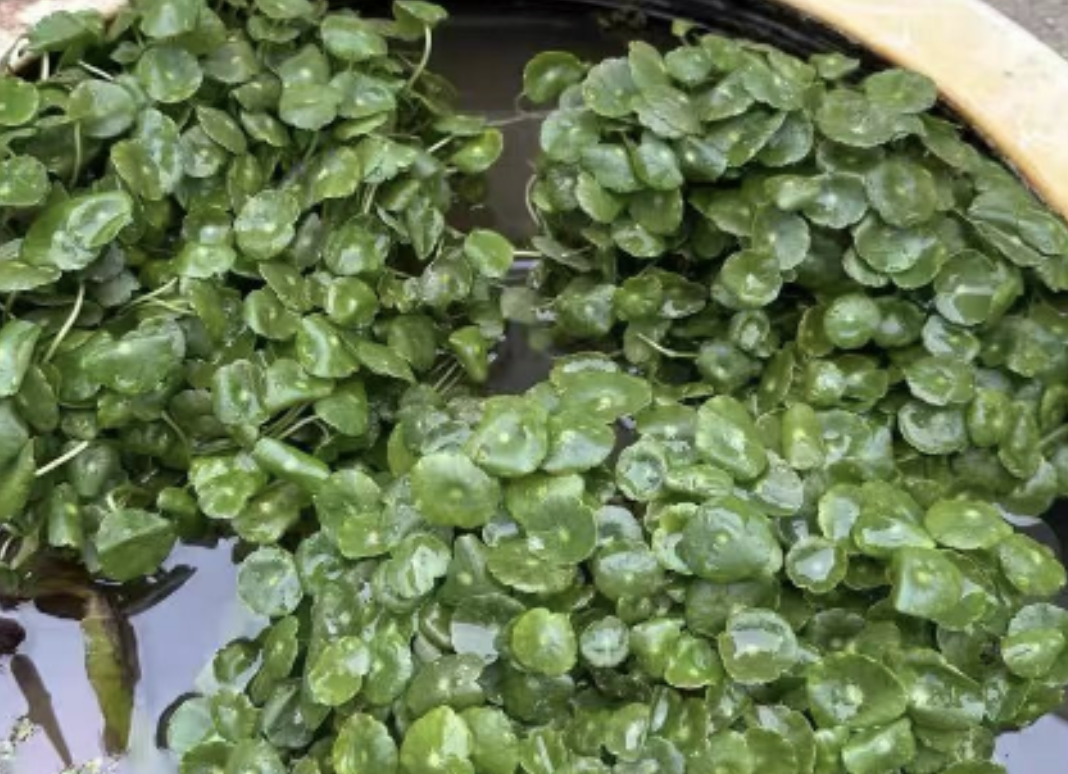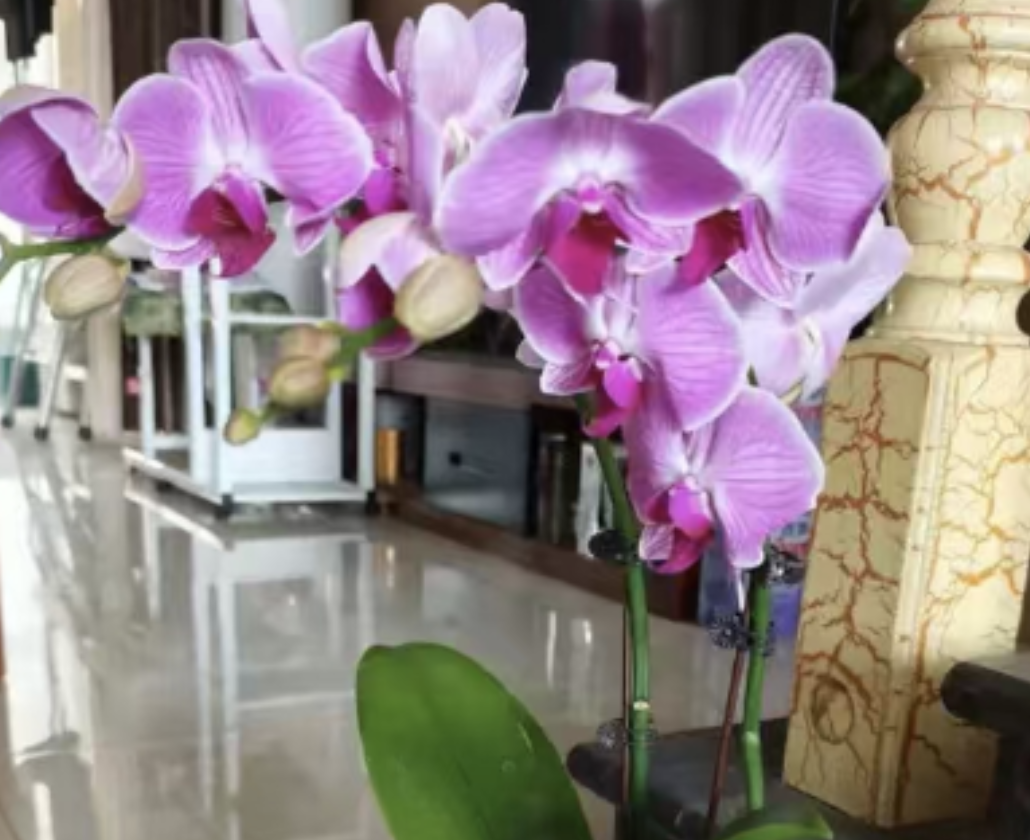The most dreaded issue when growing Phalaenopsis orchids is leaf liquefaction—plump leaves suddenly turn soft, yellow, and mushy to the touch. If not handled carefully, the pathogens can spread, potentially causing the entire plant to wither! Don’t panic; with timely treatment, there’s a high chance of saving it~
### Emergency Treatment: Stop the Damage First! Prevent Pathogen Spread
1. Resolutely Remove Infected Leaves
When you notice leaves are liquefied, wilted, or mushy to the touch, immediately use sterilized scissors (soaked in alcohol or scalded with boiling water) to cut off all infected leaves. Even the membranous "leaf sheaths" wrapping the rhizome at the base of the leaves must be completely removed to avoid residual sap from infected leaves spreading to healthy parts.
After pruning, check the rhizome. If there are soft, blackened areas, cut them off thoroughly until only healthy green tissue remains.
2. Strict Disinfection and Sterilization
Repeatedly wipe the pruned wounds with alcohol pads, or directly spray fungicides like carbendazim or hymexazol (use the maximum concentration specified in the instructions—don’t hold back!). Ensure the wounds and surrounding stems are fully covered.
Repeat the disinfection every 7 days for 2-3 consecutive times to completely eliminate residual pathogens.
### Post-Treatment Care: Create a "Recovery Environment" and Avoid Mistakes!
1. Environmental Adjustment
Immediately move the plant to a highly ventilated area (by a window or near a fan), ensuring at least 4 hours of air circulation daily to disperse moisture.
Control the temperature between 18-28℃, avoiding hot, humid, and stuffy environments. Keep air humidity below 60%; if it’s too humid, use dehumidifying bags or fans to reduce moisture.
2. Water Control
Absolutely prevent water from accumulating in the leaf center! Avoid getting water on the leaf center when watering or misting; if it gets wet due to rain or misting, dry it immediately with a paper towel.
Switch to the "soak when completely dry" method: Wait until the sphagnum moss is completely dry and the pot feels light when lifted, then soak the pot for about 10 minutes to let the moss absorb water slowly. Do not directly pour water over the leaves.
3. Special Cases
If accompanied by black rot/odor (bacterial soft rot), you must completely cut off all blackened, smelly lesions until the rhizome is completely odor-free and shows healthy green.
Switch to "pyraclostrobin" for targeted sterilization, as it is more effective than ordinary fungicides.
Stop fertilizing entirely during the rescue period—even if there are flower stalks, cut them off without hesitation (forget about blooming; saving the plant is the priority!) to allow the plant to focus nutrients on root recovery.
If the roots are still healthy, try the "air root induction method": Cover the rhizome with a plastic box with ventilation holes (don’t suffocate it), keep the environment moist but not waterlogged, and promote the growth of new roots.
### Key Prevention Tips for High-Temperature and High-Humidity Seasons!
1. Summer or rainy seasons are peak times for leaf liquefaction. Open windows for at least 2 hours daily; if necessary, use a small fan to blow air around the plant to prevent the environment from becoming a stuffy "sauna room."
2. If any leaf looks abnormal, isolate the diseased plant immediately and keep it away from healthy plants to avoid cross-infection.
3. Avoid overwatering in daily care. For sphagnum moss-grown Phalaenopsis, it’s better to keep it slightly dry than too wet—never let water accumulate in the leaf center!
What causes the leaves of Phalaenopsis to turn mushy (liquefy)?

Share with
Tagged in :




Leave a Reply